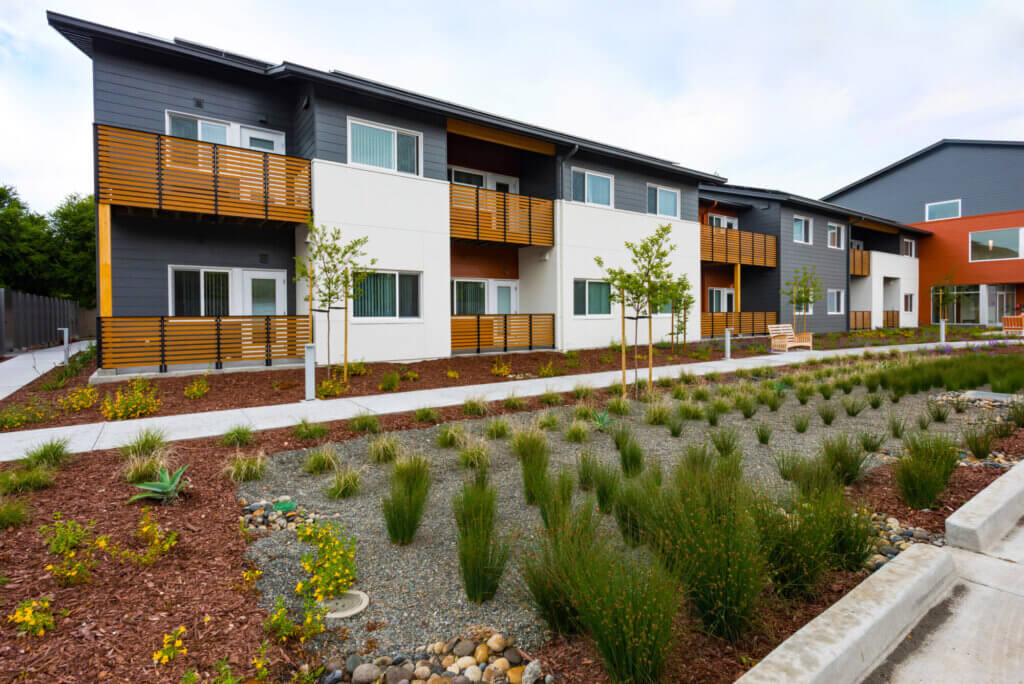Why Does It Cost So Much to Build in California? And Why It Still Matters in the Current Crisis.
Published On March 30, 2020
A month ago, when the Terner Center team first discussed releasing two new studies on the cost of building housing, we weren’t focused on the coronavirus pandemic and its impact on families’ economic security and housing stability. That has changed. Today, emergency measures to supplement lost income, to provide health care benefits, and to keep people in their homes should be an absolute priority of lawmakers at the local, state, and federal level. Our recent blog post, Lessons from the Great Recession for Today: Housing Aid Now!, argues that emergency assistance is critical, and that in fact, lawmakers should go bolder than just temporarily “stopping the clock” on rent and mortgage payments. We strongly believe the federal government should use its authority under FEMA to provide housing vouchers for all who need them, as well as provide stimulus funding for the preservation and construction of affordable housing.
But, we also can’t let the current crisis prevent us from planning for what will be needed six months or a year into the future. California’s affordable housing crisis is partly the result of longstanding policies and systemic problems that have led to an inadequate supply of housing during both expansionary and recessionary times. The coronavirus pandemic will only make the stresses on the housing system worse, adding urgency not only for new funding, but also for policies that can help to lower the costs of housing and ensure that we don’t end up with an even greater mismatch between supply and demand as the crisis ebbs. While it is true that certain costs may drop if we enter a sustained economic downturn, it is misguided to think that a recession would solve our affordability crisis. In fact, unemployment and/or declining wages are likely to exacerbate the lack of affordability significantly more than any benefits we might see from a slowdown in development costs or the broader housing market.
So while the costs of building housing may not be forefront on people’s minds today, reducing the costs of housing should remain an important part of the government’s response. Today, we released two reports, The Hard Costs of Construction: Recent Trends in Labor and Materials Costs for Apartment Buildings in California and The Costs of Affordable Housing Production: Insights from California’s 9% Low Income Housing Tax Credit Program, each of which explores different pieces of the high cost puzzle. The goal of these studies is to spark discussion on how California can take a leadership role in not only responding to the immediate crisis, but also reforming the housing system so every household in the state has access to quality, affordable homes.
Understanding what is driving costs isn’t easy, in part because comprehensive data on the different dimensions of development aren’t readily available. And you need a lot of data, because each development is different: a high rise in downtown Los Angeles will entail a different set of costs than a two-story walk up in suburban Sacramento. Subsidized or supportive housing may also have different cost drivers than market-rate developments, due to funding or other regulatory requirements.
Each of these papers relies on significant data collection, entering, and cleaning activities to lend insights into two key questions: First, what are the trends in the hard costs of construction—the labor and materials that go into a building—and how are these affecting both affordable and market-rate developments? Second, what is influencing the overall costs of affordable housing development—including land, hard costs, and soft costs (such as fees and financing)? It is important to emphasize that while both of these papers provide important insights into these questions, there’s a lot we still can’t explain or quantify.
While focused on just two pieces of the larger puzzle, the reports share some similar themes. For one, hard costs have risen sharply for both market-rate and affordable projects. A significant share of the increase in costs has to do with the lack of labor supply and contractor capacity in the construction industry, as well as rising materials costs (especially for wood, plastics, and composites). Labor shortages are most acute in coastal cities—and especially in the Bay Area—where the growth in new construction projects is outstripping the supply of labor.
Yet, labor and materials increases alone cannot explain the entirety of the cost increases, leading us to explore other factors that may be influencing costs.
For example, we find evidence that many cities are making it harder rather than easier to build more housing at different price points. Cities contribute both directly and indirectly to rising costs through local regulations (like parking or local design requirements) and entitlement delays. In addition, local development fees that raise the cost of every unit. What is more, the majority of land in California remains zoned for single-family developments, making more cost-effective apartments a challenge to build.
When it comes to affordable housing production, these regulations, delays, and requirements can be even more onerous and costly. On average, affordable projects in California include six separate sources of funding, which means six approval processes and six opportunities for additional requirements to kick in. And despite providing a much-needed public good, many cities are still charging affordable projects high development fees—in effect, robbing Peter to pay Paul. NIMBY opposition to affordable housing also remains a significant barrier to more efficient production, and often leads to design and project-size concessions that increase costs and reduce the number of affordable units produced.
There are no easy answers to lifting these barriers, but it is critical that policymakers start to consider ways of addressing the inefficiencies in the system, increasing the transparency and accessibility of data on costs, and reducing the price of development. The current costs of developing a unit—be it affordable or market-rate—represent a direct barrier to the state’s ambitious goals to build enough units to reduce rent burdens and homelessness. And without that supply, the affordability crisis will only continue to get worse.





